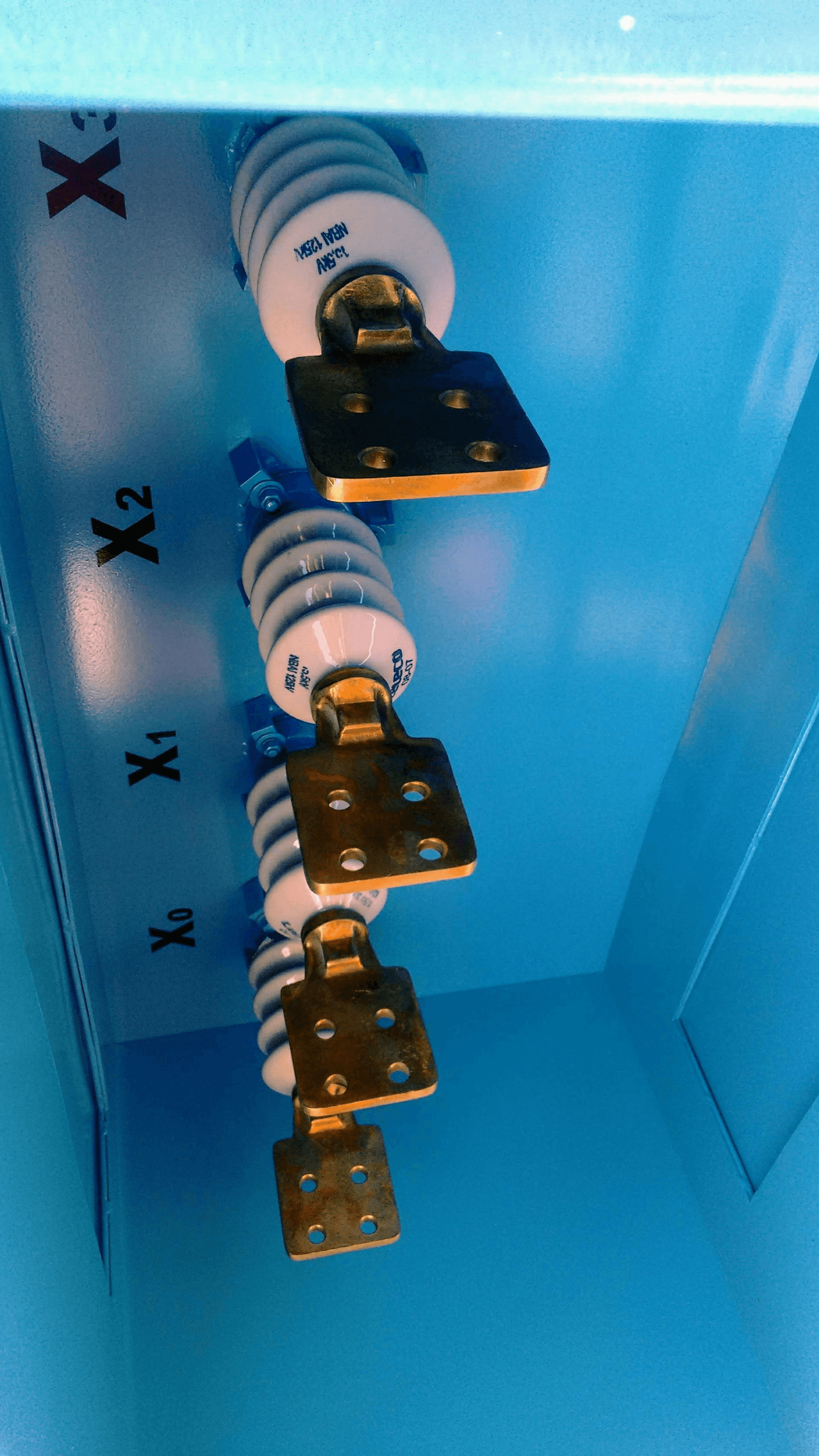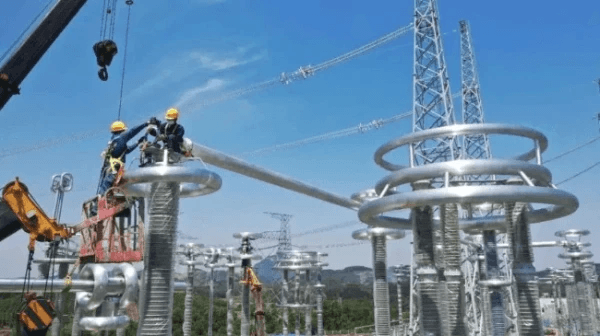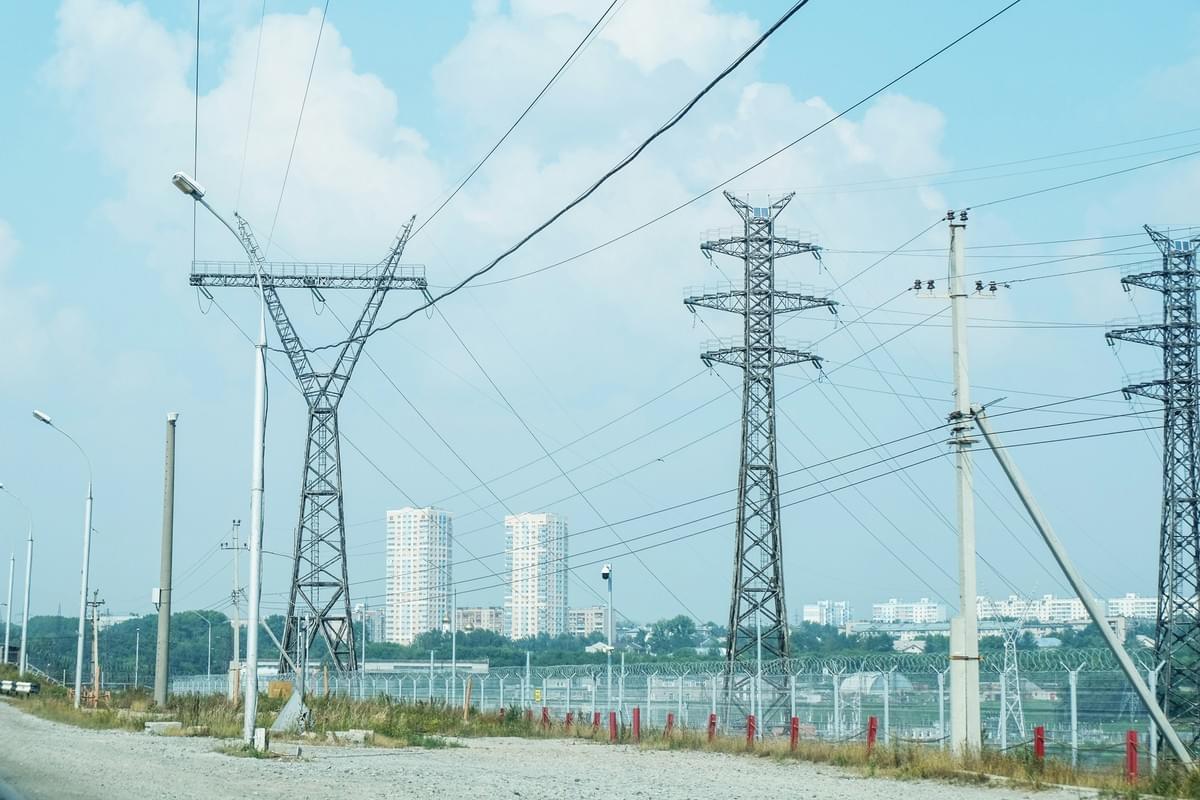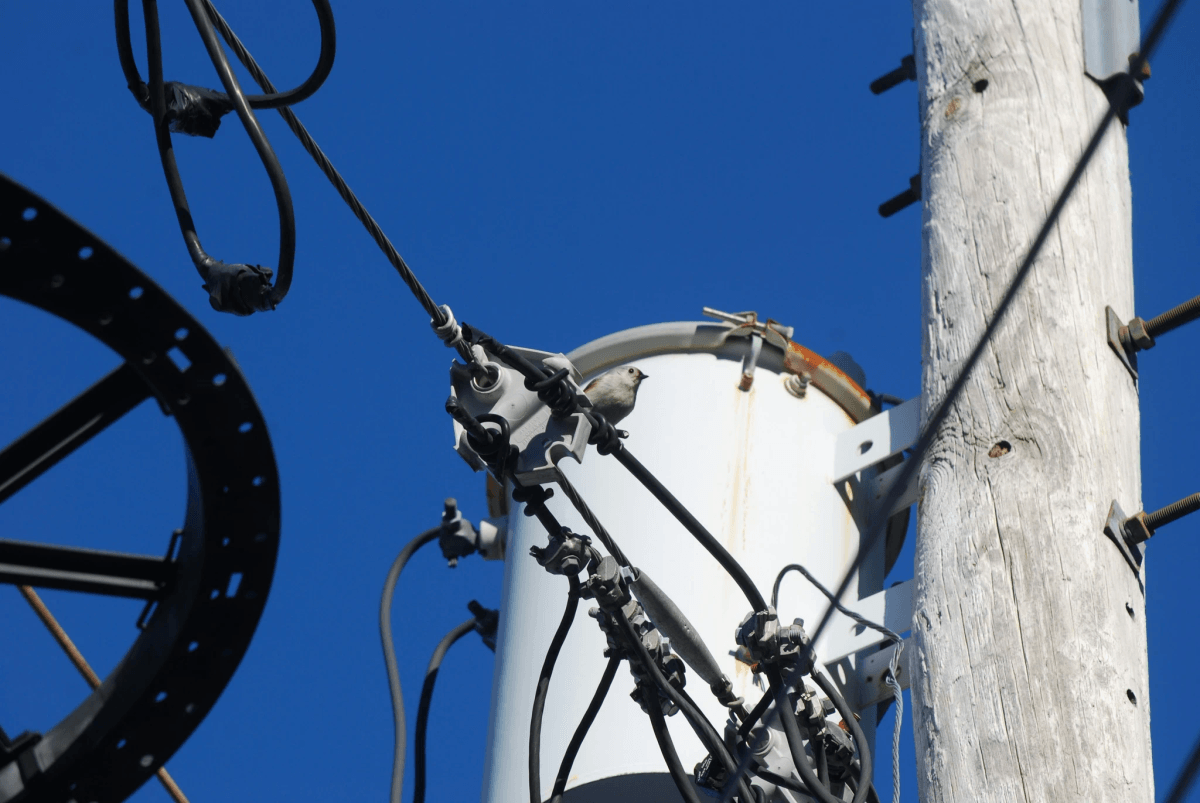Introduction

Transformers play a pivotal role in the transmission and distribution of electrical energy, and at the heart of these devices are transformer bushings. Understanding the various types of transformer bushings is essential for anyone involved in electrical engineering or maintenance. In this introduction, we will explore what bushings are, their significance in transformers, and highlight some key differences among them.
Understanding Transformer Bushing Types
Transformer bushings come in several varieties, each designed to meet specific operational requirements. From single bushing transformers to high voltage bushings (HV bushing), these components ensure safe and efficient electrical insulation while facilitating the connection between the transformer and its external circuits. Knowing the different types of bushing in transformers can help engineers select the right configuration for their applications.
Importance of Bushings in Transformers
Bushings are not just ancillary components; they serve critical functions that enhance a power transformer's reliability and performance. They provide electrical insulation, support high voltage connections, and protect internal transformer parts from environmental factors like moisture and pollution. The importance of maintaining these transformer bushing parts cannot be overstated, as neglecting them can lead to costly failures or safety hazards.
Overview of Key Differences
While all transformer bushings share common functions, they differ significantly in design, application, and voltage ratings. For instance, single bushing transformers typically feature a straightforward configuration suited for specific applications, whereas multiple bushing configurations offer versatility for more complex setups like dead front transformers. Understanding these key differences helps engineers make informed decisions regarding installation and maintenance strategies.
What is a Bushing in Transformer?

Transformers are essential components in electrical systems, and the bushing in transformer designs plays a critical role in their functionality. A transformer bushing serves as an interface between the internal components of a transformer and the external environment, allowing electrical connections while providing insulation. This ensures that high voltage bushings can handle the electrical stress while maintaining safety and efficiency.
Definition and Functionality
A bushing in transformer applications is defined as an insulating device that allows electrical conductors to pass through grounded barriers without losing insulation integrity. Its primary function is to provide a safe passage for electrical currents while preventing short circuits or leakage currents that could lead to failures or hazards. In essence, bushings act as protective conduits, ensuring that power transformers operate smoothly under various conditions.
Components of Transformer Bushing Parts
Transformer bushing parts typically consist of several key elements designed to ensure optimal performance and reliability. The main components include the insulator, conductor, sealing system, and sometimes additional features like shields for enhanced protection against environmental factors. Each part works synergistically: the insulator provides dielectric strength, while the conductor facilitates current flow; together they form a robust system crucial for both single bushing transformers and those with multiple configurations.
Types of Bushings Explained
There are various types of bushings used in transformers, each tailored for specific operational needs and voltage levels. High voltage bushings (HV bushings) are specifically designed for handling elevated voltages safely and efficiently, making them ideal for large power transformers used in substations or industrial applications. On the other hand, low voltage bushings serve smaller transformers but still play an integral role in ensuring safe operations across different settings—whether it’s a dead front transformer or another design variant.
Single Bushing Transformer Vs. Multiple Bushings

When it comes to transformer design, the choice between a single bushing transformer and multiple bushings can significantly influence performance and application. A single bushing transformer typically features one main connection point for high voltage bushings, simplifying installation and maintenance. However, multiple bushing configurations offer versatility and enhanced safety in various settings.
Characteristics of Single Bushing Transformers
A single bushing transformer is designed with just one high voltage bushing, making it compact and easy to manage. This configuration is often found in smaller power transformers where space constraints are a consideration, allowing for efficient use of real estate. The simplicity of a single bushing setup means fewer components to monitor, which can reduce maintenance requirements over time.
Benefits of Multiple Bushing Configurations
On the other hand, utilizing multiple bushings in transformers brings several advantages that cannot be overlooked. For starters, having more than one transformer bushing allows for greater flexibility in electrical connections and can enhance overall system reliability. In addition, the ability to distribute load across multiple high voltage bushings improves insulation performance and reduces the risk of failure—a crucial factor when dealing with dead front transformers that prioritize safety.
Applications and Use Cases
The applications for single bushing transformers often include residential or small commercial setups where space is limited but functionality remains essential. In contrast, multiple bushing configurations are favored in larger industrial settings or utility-scale power plants where robust performance is critical—think wind farms or substations utilizing advanced power transformer bushings for optimal efficiency. Ultimately, choosing between these two designs depends on specific operational needs and environmental considerations.
High Voltage Bushings Explained

High voltage bushings are critical components in transformer systems, ensuring safe and efficient electrical transmission. These specialized bushings serve as the interface between the transformer and external power lines, allowing high voltage electricity to pass while maintaining insulation integrity. Understanding the role of high voltage bushings is essential for anyone involved in power transformer technology.
What is HV Bushing in Transformer?
An HV bushing, or high voltage bushing, is a type of transformer bushing designed to handle elevated voltages safely. It facilitates the connection of electrical equipment to the transformer while providing insulation to prevent electrical arcing or leakage. These bushings are integral to both single bushing transformers and larger multi-bushing configurations, ensuring reliable performance under demanding conditions.
Key Features of High Voltage Bushings
High voltage bushings boast several key features that set them apart from other types of transformer bushing parts. They typically have robust insulation materials capable of withstanding extreme temperatures and electric fields, ensuring longevity and reliability. Additionally, HV bushings are engineered with precise dimensions to minimize electrical stress and maximize performance in applications like dead front transformers.
Comparing HV Bushings to Low Voltage Bushings
When comparing high voltage bushings to their low voltage counterparts, several differences emerge that impact their application in a single bushing transformer or other configurations. HV bushings are built with thicker insulating layers due to higher operational voltages, which can lead to increased size and weight compared to low voltage designs. Moreover, while low voltage bushings may suffice for standard applications, high voltage bushings are essential for safety and efficiency in power transformers operating at elevated levels.
The Purpose of Bushings in a Transformer

Bushings play a critical role in the functionality and safety of transformers, especially when considering designs like the single bushing transformer or dead front transformer. They serve as the gateway for electrical conductors to enter and exit the transformer while maintaining insulation integrity. Without proper bushings, power transformer performance could be compromised, leading to potential failures.
Role in Electrical Insulation
The primary function of a bushing in a transformer is to provide electrical insulation between high voltage conductors and grounded components. This is particularly crucial in high voltage bushings, where the risk of electrical arcing can lead to catastrophic failures. By effectively insulating these conductors, bushings ensure that electricity flows safely through the transformer without risking short circuits or equipment damage.
How Bushings Enhance Performance
Bushings are not just passive components; they actively enhance the performance of transformers by minimizing energy losses and improving efficiency. In configurations like multiple bushing transformers, they help distribute electrical loads evenly, which reduces stress on individual components and prolongs their lifespan. Additionally, high voltage bushings are designed to handle extreme conditions without compromising their integrity, ensuring that power transformers operate smoothly under various scenarios.
Importance of Bushing Maintenance
Regular maintenance of transformer bushing parts is essential for ensuring long-term reliability and performance. Over time, environmental factors can degrade insulating materials or introduce moisture into high voltage bushings, which may lead to failure if left unchecked. Implementing routine inspections and maintenance protocols can prevent costly downtime associated with repairs or replacements while extending the life of both single bushing transformers and more complex configurations.
What is a Shield Bushing in Transformer?

When discussing transformer components, the shield bushing often emerges as a key player, particularly in high voltage applications. Essentially, a shield bushing serves as an interface between the internal electrical components of a transformer and the external environment, ensuring safe operation and effective insulation. It’s designed to manage electrical stress and mitigate potential issues that could arise from environmental factors or electrical surges.
Explanation of Shield Bushings
Shield bushings are specialized transformer bushings that incorporate conductive shields to control electric fields around the bushing in transformer applications. These shields are typically made of metal and are positioned around the insulating structure to provide additional protection against electrical discharges. By doing so, they enhance the reliability and performance of both single bushing transformers and multiple bushing configurations by reducing the risk of arcing or flashover.
Benefits of Using Shield Bushings
Using shield bushings brings several advantages to power transformer designs, particularly those involving high voltage bushings. First and foremost, they significantly improve safety by minimizing electric field intensities at the surface of insulating materials, which reduces wear over time. Additionally, shield bushings can enhance operational efficiency by promoting more uniform voltage distribution across all transformer bushing parts, ultimately leading to improved performance for dead front transformers where safety is paramount.
Installation and Design Considerations
When it comes to installing shield bushings in transformers, careful attention must be paid to both design specifications and environmental conditions. Proper alignment is crucial; any misalignment can lead to uneven stress distribution that may compromise insulation integrity over time. Furthermore, considerations such as temperature ratings, humidity levels, and potential exposure to contaminants should be factored into installation plans for both HV bushing types and other transformer configurations.
Insights on Dead Front Transformers
Dead front transformers are a unique breed in the world of power transformers, designed with safety and functionality in mind. Unlike traditional designs, dead front transformers keep all live components safely enclosed, reducing the risk of accidental contact with high voltage bushings. This design not only enhances safety but also makes maintenance easier, as technicians can work without the constant worry of high voltage exposure.
What are Dead Front Transformers?
A dead front transformer is essentially a transformer that features an enclosure preventing live parts from being exposed to personnel or the environment. This design is particularly beneficial for installations in public areas or places where accidental contact could pose significant risks. By utilizing a single bushing transformer configuration or multiple bushings, these transformers ensure that operational efficiency and safety go hand in hand.
The Role of Bushings in Dead Front Designs
Bushings play a crucial role in dead front designs by providing safe electrical insulation while allowing for necessary connections to external circuits. In these setups, transformer bushing parts are engineered to withstand high voltage while minimizing the risk of arcing or failure. The integration of HV bushings ensures that even under extreme conditions, reliability is maintained without compromising safety.
Advantages of Dead Front Technology
The advantages of dead front technology extend beyond just user safety; they also enhance operational efficiency and ease maintenance procedures significantly. With all high voltage bushings securely contained within an insulated framework, there’s less likelihood of environmental damage affecting performance over time. Additionally, this technology reduces space requirements compared to traditional designs with exposed components—making it ideal for urban settings where real estate is at a premium.
Conclusion
In summary, transformer bushings play a crucial role in ensuring the efficient operation of power transformers. Whether it’s a single bushing transformer or multiple configurations, these components serve as vital links between the internal workings of the transformer and the external electrical environment. Understanding the importance of high voltage bushings and their design can significantly enhance both performance and safety.
Recap of Transformer Bushing Importance
The significance of bushings in transformers cannot be overstated; they provide essential electrical insulation and support for high voltage applications. The various transformer bushing parts work together to manage electrical stress while protecting against environmental factors. In particular, high voltage bushings are designed to handle extreme conditions, making them indispensable for reliable power delivery.
Final Thoughts on Bushing Types
When considering different types of bushings, it’s clear that each has its unique advantages tailored to specific applications. For instance, a single bushing transformer is often simpler and more economical for smaller installations, while multiple bushing configurations offer flexibility for larger systems. Ultimately, choosing the right type of transformer bushing can enhance performance and longevity in any setup.
Future Trends in Transformer Technology
Looking ahead, we can expect advancements in materials science to lead to even more robust designs for both HV bushing and dead front transformers. Innovations may also focus on smart technology integration within transformer bushing systems to monitor health and performance in real-time. As energy demands grow globally, optimizing these components will be pivotal in ensuring efficient power distribution networks.

